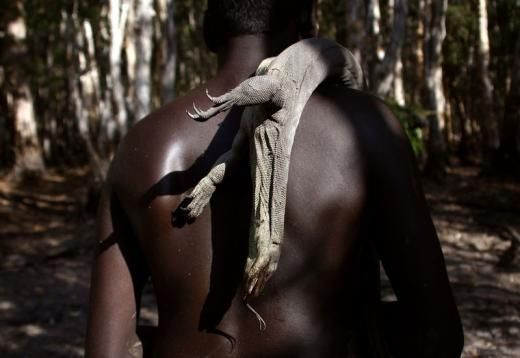Aboriginal culture centre in WA condemns photo of beheaded goannas, sends message to Indigenous hunters

An Aboriginal culture centre in remote Western Australia has condemned a photo posted on social media showing a pile of dead goannas. The post has sparked fear of animal cruelty and a clear message to Indigenous hunters to respect native animals.
The image, which has also caused public backlash from people concerned about animal cruelty, shows headless goanna carcasses with their tails removed. Kimberley Aboriginal Law and Culture Centre (KALACC) said such act is disrespectful.
Under WA laws, goannas are listed as protected species. However, it is legal for Indigenous people to hunt the animals for food.
KALACC chairman Keith Andrews never missed a chance to comment about the issue, saying hunting is essential for Indigenous people. However, it needs to be done the right way. He pointed out that traditional owners need to respect the country, and not disrespect it by leaving dead kangaroos or dead goannas on the road because it is a wrong thing.
Andrews has clarified that hunting native animals comes with some expectations. He said the traditional practice of gutting and cooking the goannas the proper way should be maintained.
For Andrews, hunting is a significant part of Aboriginal culture. It’s something that has been very important since day one. The KALACC chairman said the best thing about hunting is the chance to feed families together.
But he said Indigenous hunters should eat what they caught and avoid leaving bush tucker for waste because it comes from the country. If there is too much, go and share it out. "Whatever you hunt, that's your meal for the day. For example if we catch one [goanna] or two — we'd be lucky enough to get one for the day — we still practice our traditional way of knowing how to gut it the proper way, cook it the proper way," he told the ABC.





















